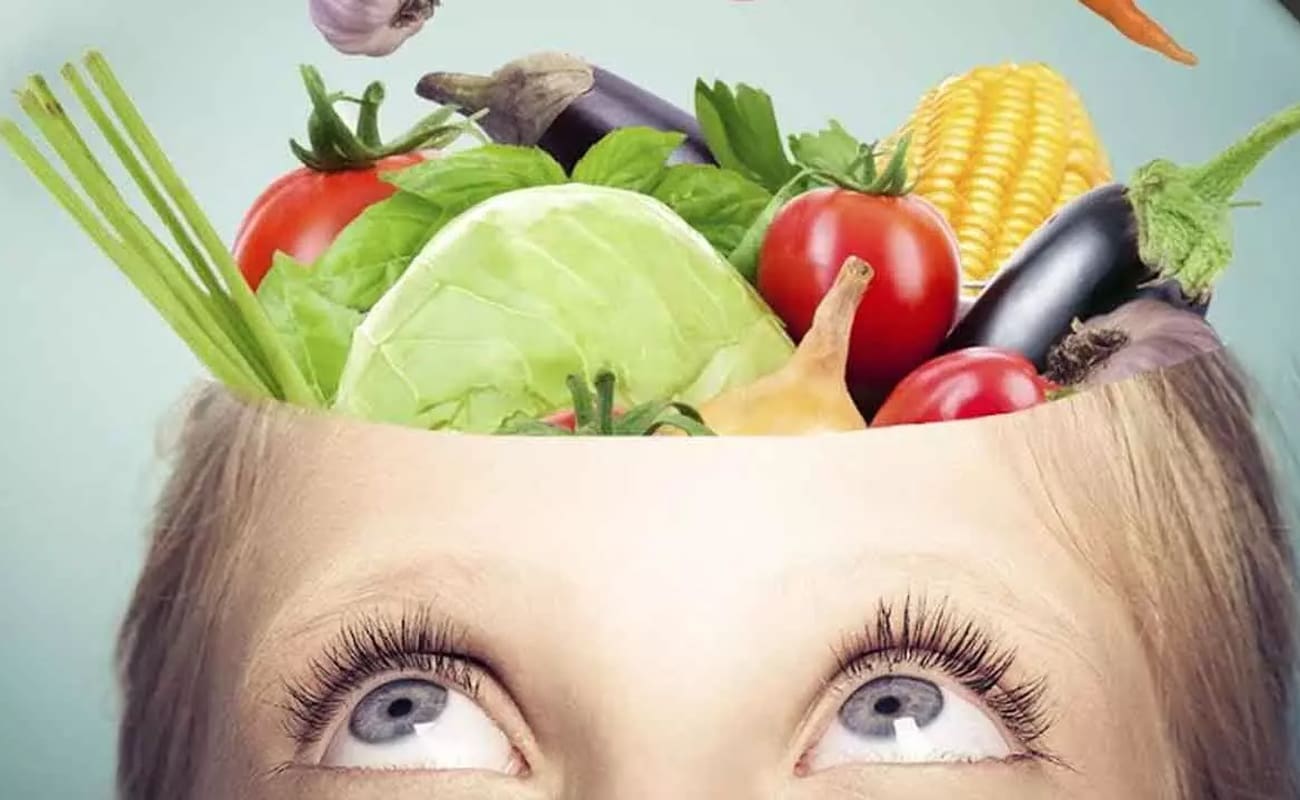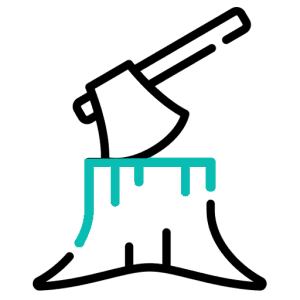Sustainable Eating focuses on creating a food system that supports long-term ecological balance, animal welfare, and human well-being. At its core, it encourages reducing dependence on animal-based products and embracing plant-based diets that require fewer natural resources and generate less environmental harm.
This category examines how the food on our plates connects to broader global issues such as climate change, land degradation, water scarcity, and social inequality. It highlights the unsustainable toll that factory farming and industrial food production take on the planet—while showcasing how plant-based choices offer a practical, impactful alternative.
Beyond environmental benefits, Sustainable Eating also addresses issues of food equity and global food security. It examines how shifting dietary patterns can help feed a growing population more efficiently, reduce hunger, and ensure fairer access to nutritious food across diverse communities.
By aligning everyday food choices with sustainability principles, this category empowers people to eat in a way that protects the planet, respects life, and supports future generations.
For generations, milk has been promoted as a vital component of a healthy diet, particularly for strong bones. Advertisements often depict dairy products as the gold standard for bone health, emphasizing their high calcium content and essential role in preventing osteoporosis. But is milk truly indispensable for maintaining strong bones, or are there other ways to achieve and sustain bone health? The Role of Calcium and Vitamin D in Bone Health Maintaining strong and healthy bones is essential for overall well-being and quality of life. Two key nutrients that play a pivotal role in bone health are calcium and Vitamin D. Understanding their functions and how they work together can help you make informed dietary choices to support your bone strength. Calcium: The Building Block of Bones Calcium is a crucial mineral that forms the structural component of bones and teeth. About 99% of the body's calcium is stored in …


























































